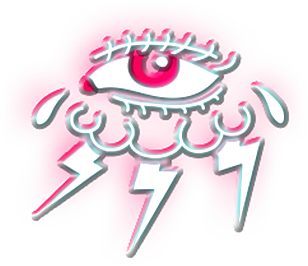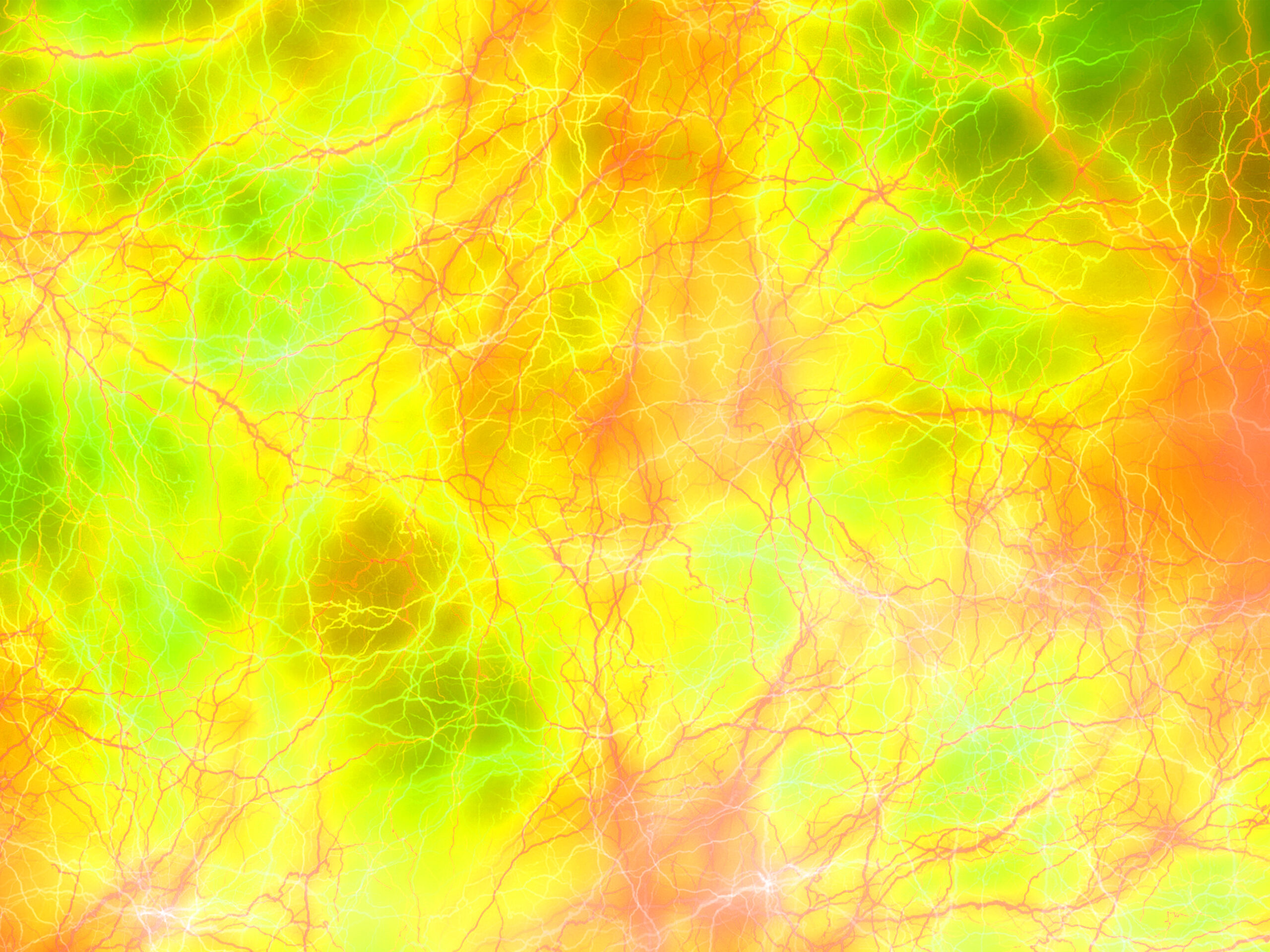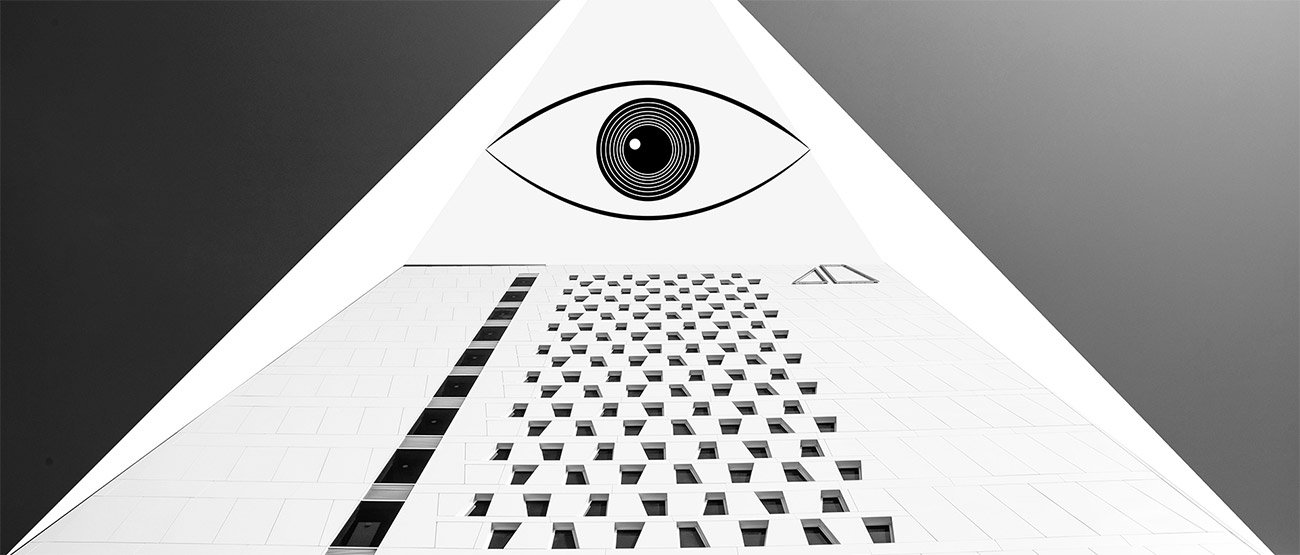A snake-stone, also known as a viper’s stone, snake’s pearl, black stone, serpent-stone, or nagamani is an animal bone or stone used as folk medicine for snake bite in Africa, South America, India and Asia.
- JKA Madaki; RE Obilom; BM Mandong (2005). “Pattern of First-Aid Measures Used by Snake-bite Patients and Clinical Outcome at Zamko Comprehensive Health Centre, Langtang, Plateau State”. Nigerian Medical Practitioner. 48 (1). Retrieved 2010-10-15.
- BBC News (2005-05-02). “Search for a snakebite cure”. Retrieved 2007-03-06.
- Tagne, Jean-Bruno. “Pierre noire : Cet aspirateur de venins / Black Stone: This vacuum cleaner of venoms” (in French). Archived from the original on 2007-09-29. Retrieved 2007-03-06.
- B. Adhisivam; S. Mahadevan (2006). “Snakebite Envenomation in India: A Rural Medical Emergency”. Indian Pediatrics. 43 (6): 553–4. PMID 16820669. Retrieved 2010-10-15.
The early Celtic era European Adder stone is also called a snake stone, and is usually made from coloured glass, often with holes. Its purpose is for protection against evil spirits rather than snake bite.
The World Health Organization is very clear in stating that it has no effect on snake-bites, bearing in mind that most snake-bites are from non-venomous snakes. They state that traditional medicines and other treatments such as wound incision or excision, suction, or application of “black stones” should be avoided.
- B. Adhisivam; S. Mahadevan (2006). “Snakebite Envenomation in India: A Rural Medical Emergency”. Indian Pediatrics. 43 (6): 553–4. PMID 16820669. Retrieved 2010-10-15.
- https://www.who.int/snakebites/treatment/en/ World Health Organization : Snake Envenoming
Descriptions
Accounts differ widely on how to make and use a ‘black stone’.
In Peru, a black stone is a small charred cow bone “applied to the site of a poisonous snakebite and tied firmly in place. It is left there for several days, during which time it supposedly draws the venom from the wound.”
- Linnea Smith. “Piedra Negra” (PDF). Retrieved 2007-03-07.
13th century Persian/Iranian writer Kazwini describes the snake-stone in his work Aja’ib al-Makhluqat as being the size of a small nut.The quote about how the cure goes is as follows “An injury inflicted by a venomous creature is to be immersed in warm water or sour milk. The snake-stone is then dropped into the liquid to supposedly draw out the poison.”
- Dimarco, Vincent (March 2014). The Bearer of Crazed and Venomous Fangs. ISBN 9781491718933.
Although called a ‘stone’ in the Congo, a black stone is often made from animal bones. When taken from snakes, it is usually from the head, but also said to be extracted from the tail.
- CongoForum. “La pierre noire et son usage / The Black Stone and its use” (in French). Retrieved 2007-03-06.
The steps suggested in an African leaflet are:
- Choose a large dry cow thigh bone
- Cut it into small pieces
- Smooth them with sandpaper
- Wrap the pieces in foil
- Place in a charcoal fire for 15 to 20 minutes
- Rural Extension with Africa’s Poor. “Black Stone” (PDF). Retrieved 2007-03-07.
Views on snake-stones expressed in scientific studies
A Nigerian study recommended “education on the need to avoid the use of popular first aid measures of doubtful benefit.” The same doctors later reported that black stones may be beneficial, but “those who used the black stone required significantly higher quantity of antivenom as compared to those that used the tourniquet”. In their report they noted slightly higher tissue necrosis in patients who use tourniquets, but this was not (statistically) significant; other scientists have recommended against tourniquets (see treatment of snakebites and outdated treatments).
- JKA Madaki. “Abstract: Clinical Presentation And Outcome Of Snake-Bite Patients At Zamko Comprehensive Health Centre, Langtang, Plateau State”. Retrieved 2007-03-08.
- JKA Madaki; RE Obilom; BM Mandong (2005). “Pattern of First-Aid Measures Used by Snake-bite Patients and Clinical Outcome at Zamko Comprehensive Health Centre, Langtang, Plateau State”. Nigerian Medical Practitioner. 48 (1). Retrieved 2010-10-15.
A Bolivian medical study stated: “contrary to widespread belief, no efficacy to treat envenomation may be expected of the BS” (black stone).
- Chippaux JP, Ramos-Cerrillo B, Stock RP (April 2007). “Study of the efficacy of the black stone on envenomation by snake bite in the murine model”. Toxicon. 49 (5): 717–20. doi:10.1016/j.toxicon.2006.11.002. PMID 17174999.
An Indian study stated: “unscientific methods like ‘black stone’ healing contribute to the delay in seeking appropriate medical care.”
- B. Adhisivam; S. Mahadevan (2006). “Snakebite Envenomation in India: A Rural Medical Emergency”. Indian Pediatrics. 43 (6): 553–4. PMID 16820669. Retrieved 2010-10-15.
In popular media
- In the 1986 Indian film Nagina, snake stone was the main subject.
- In the 2008 Neil Gaiman novel The Graveyard Book, an item in the book was a snake stone described as rare and valuable.
- In the 2017 Indian Bengali novel Sarpa Manav: Nagmoni Rohosyo, the basis of the story was snake stone.
- Snake stones are mentioned as a folk remedy by the father/narrator in The Swiss Family Robinson.
See also
References
- JKA Madaki; RE Obilom; BM Mandong (2005). “Pattern of First-Aid Measures Used by Snake-bite Patients and Clinical Outcome at Zamko Comprehensive Health Centre, Langtang, Plateau State”. Nigerian Medical Practitioner. 48 (1). Retrieved 2010-10-15.
- BBC News (2005-05-02). “Search for a snakebite cure”. Retrieved 2007-03-06.
- Tagne, Jean-Bruno. “Pierre noire : Cet aspirateur de venins / Black Stone: This vacuum cleaner of venoms” (in French). Archived from the original on 2007-09-29. Retrieved 2007-03-06.
- B. Adhisivam; S. Mahadevan (2006). “Snakebite Envenomation in India: A Rural Medical Emergency”. Indian Pediatrics. 43 (6): 553–4. PMID 16820669. Retrieved 2010-10-15.
- https://www.who.int/snakebites/treatment/en/ World Health Organization : Snake Envenoming
- Linnea Smith. “Piedra Negra” (PDF). Retrieved 2007-03-07.
- Dimarco, Vincent (March 2014). The Bearer of Crazed and Venomous Fangs. ISBN 9781491718933.
- CongoForum. “La pierre noire et son usage / The Black Stone and its use” (in French). Retrieved 2007-03-06.
- Rural Extension with Africa’s Poor. “Black Stone” (PDF). Retrieved 2007-03-07.
- JKA Madaki. “Abstract: Clinical Presentation And Outcome Of Snake-Bite Patients At Zamko Comprehensive Health Centre, Langtang, Plateau State”. Retrieved 2007-03-08.
- Chippaux JP, Ramos-Cerrillo B, Stock RP (April 2007). “Study of the efficacy of the black stone on envenomation by snake bite in the murine model”. Toxicon. 49 (5): 717–20. doi:10.1016/j.toxicon.2006.11.002. PMID 17174999.
- http://www.ekabinsha.org/books-literary-works/এই-সপ্তাহের-বাংলা-বই-সুমন/
External links
- Study of the action of black stone (also known as snakestone or serpent stone) on experimental envenomation.








